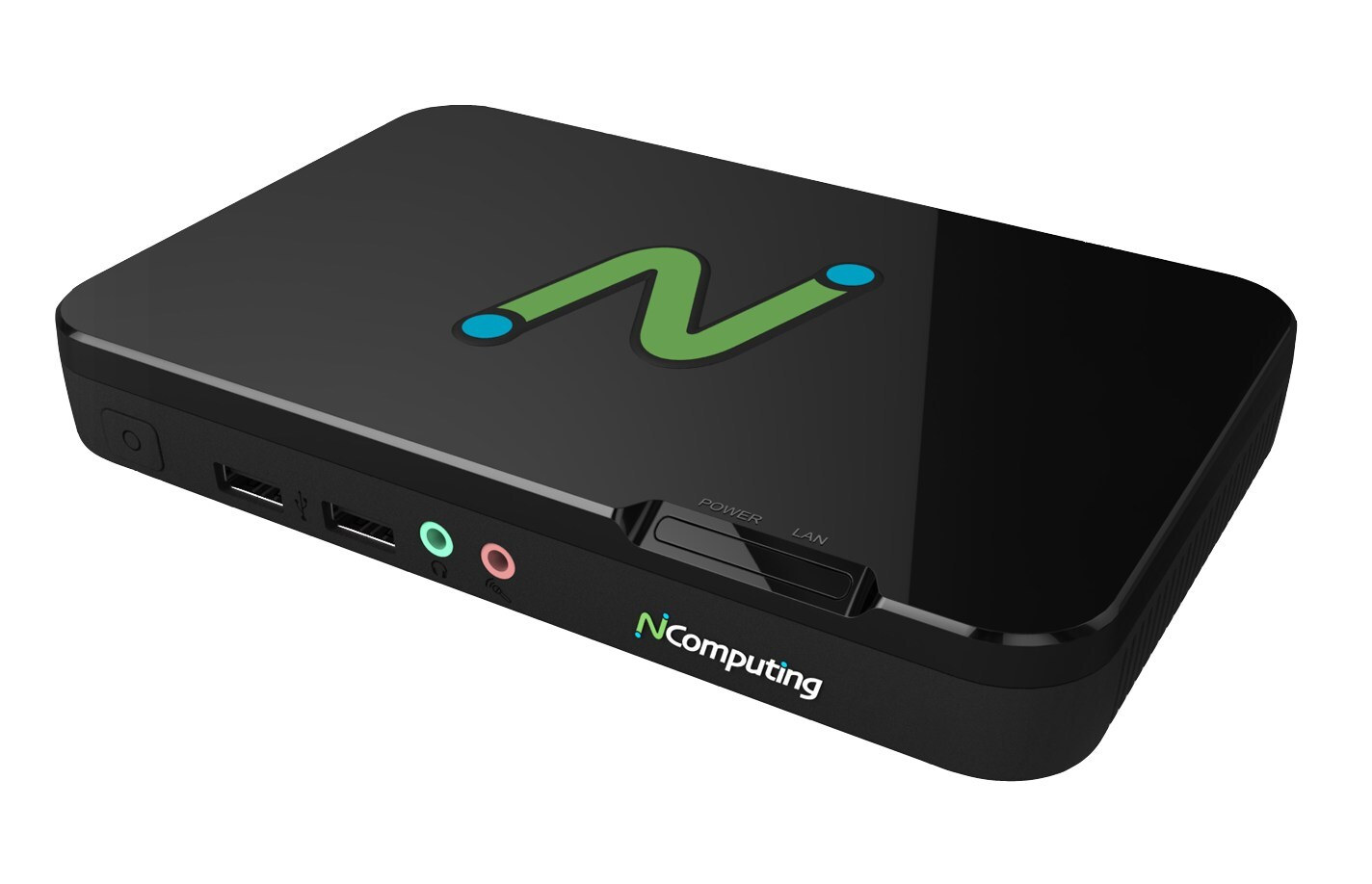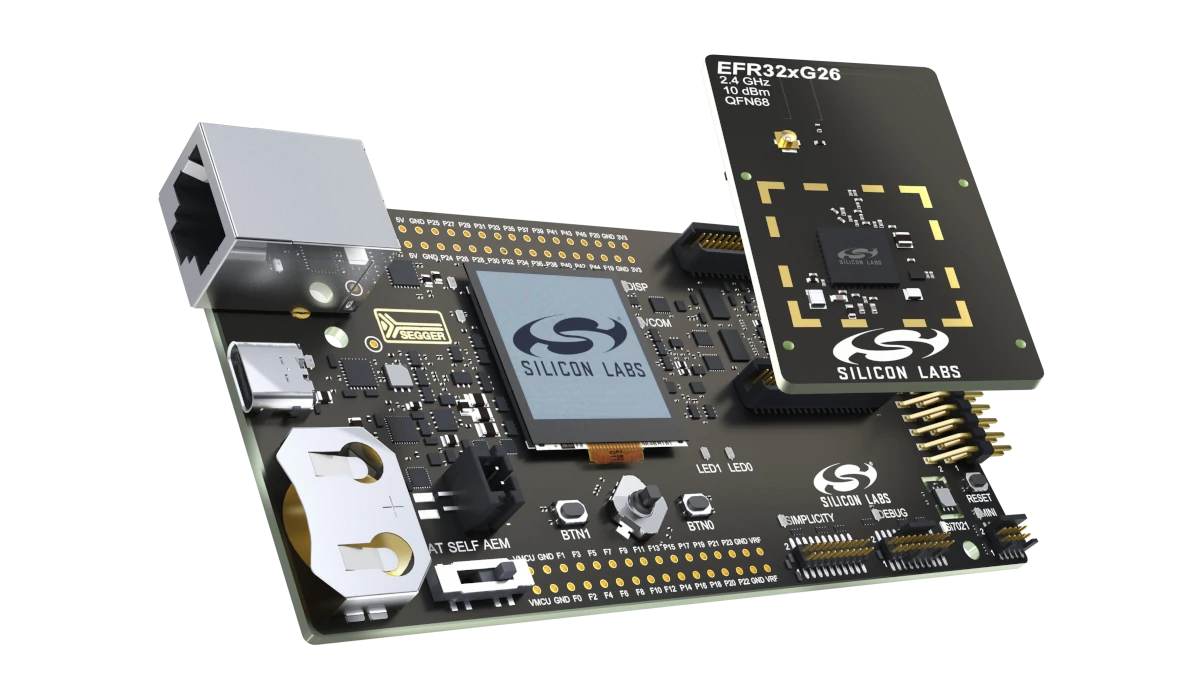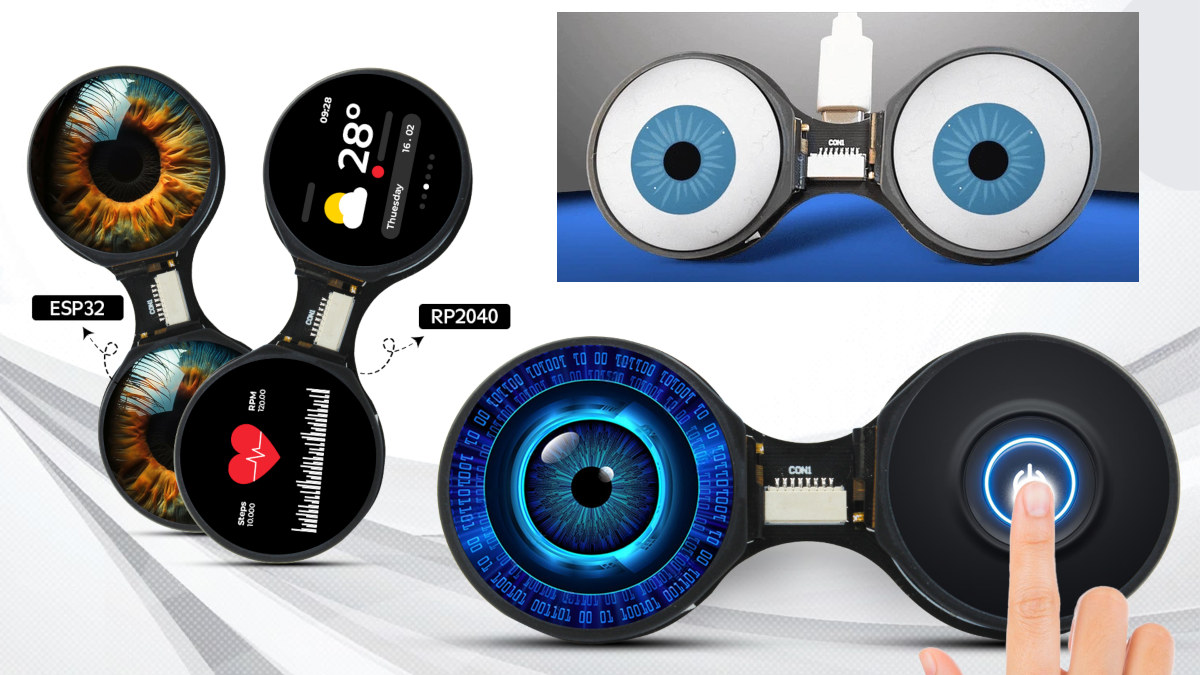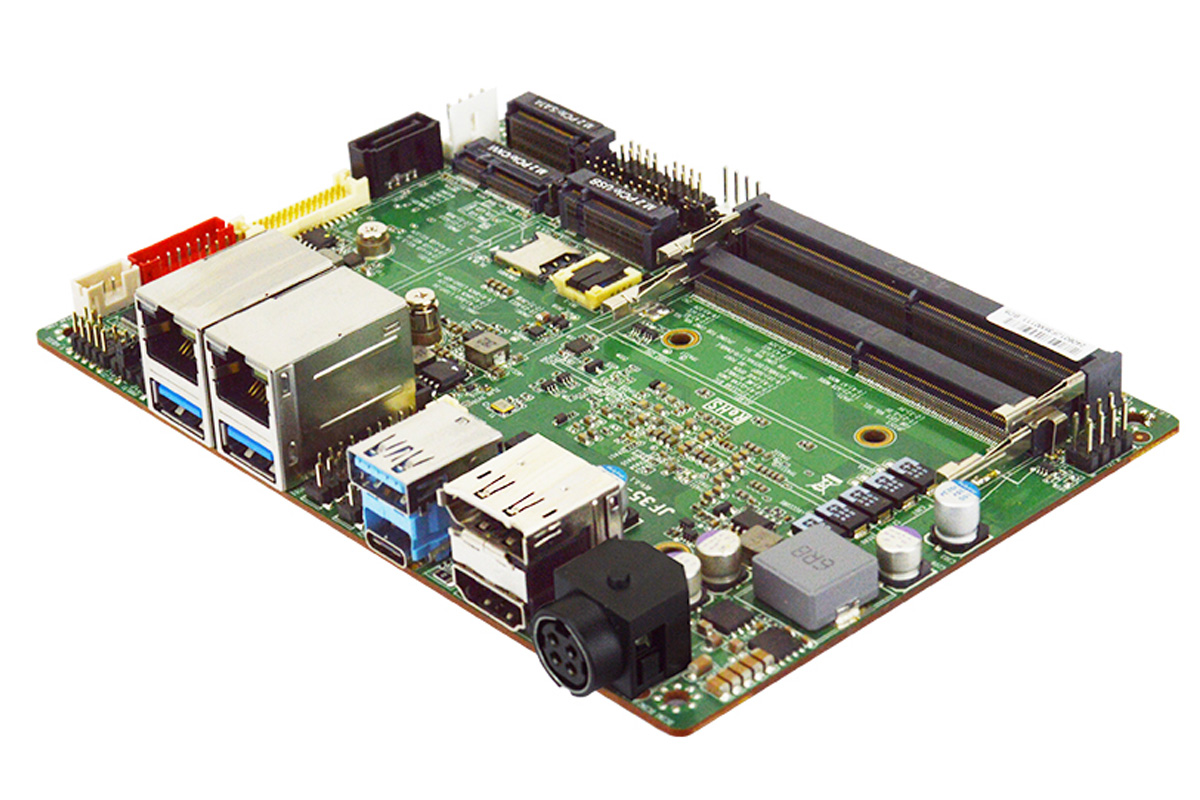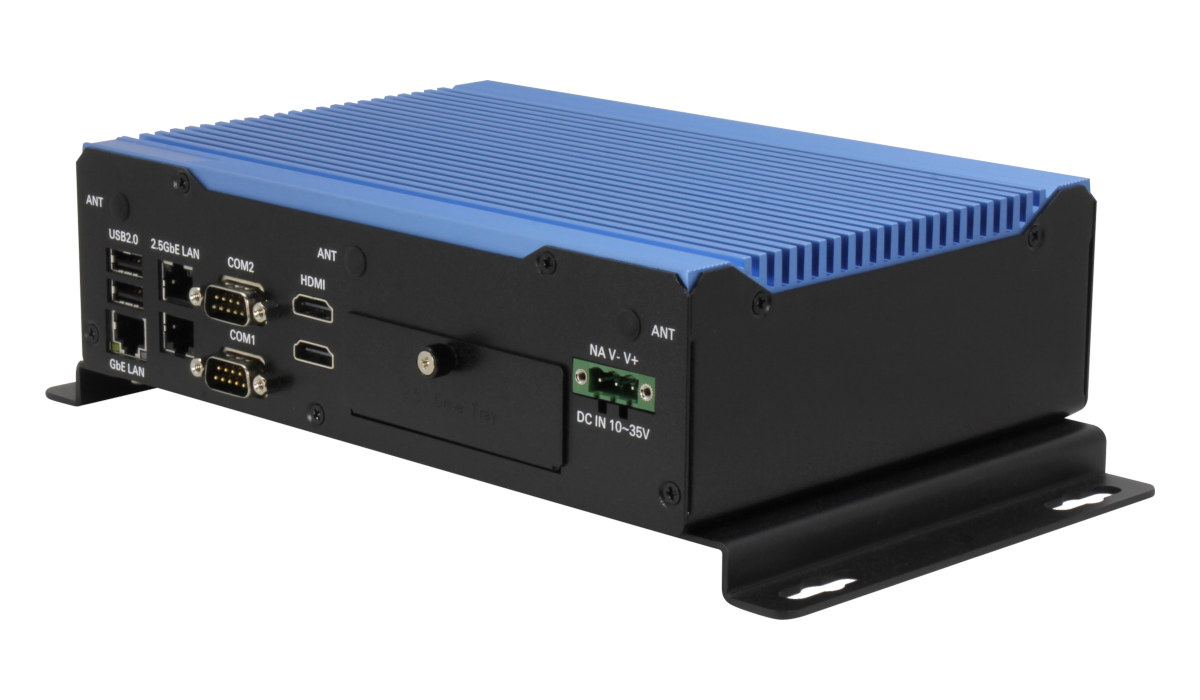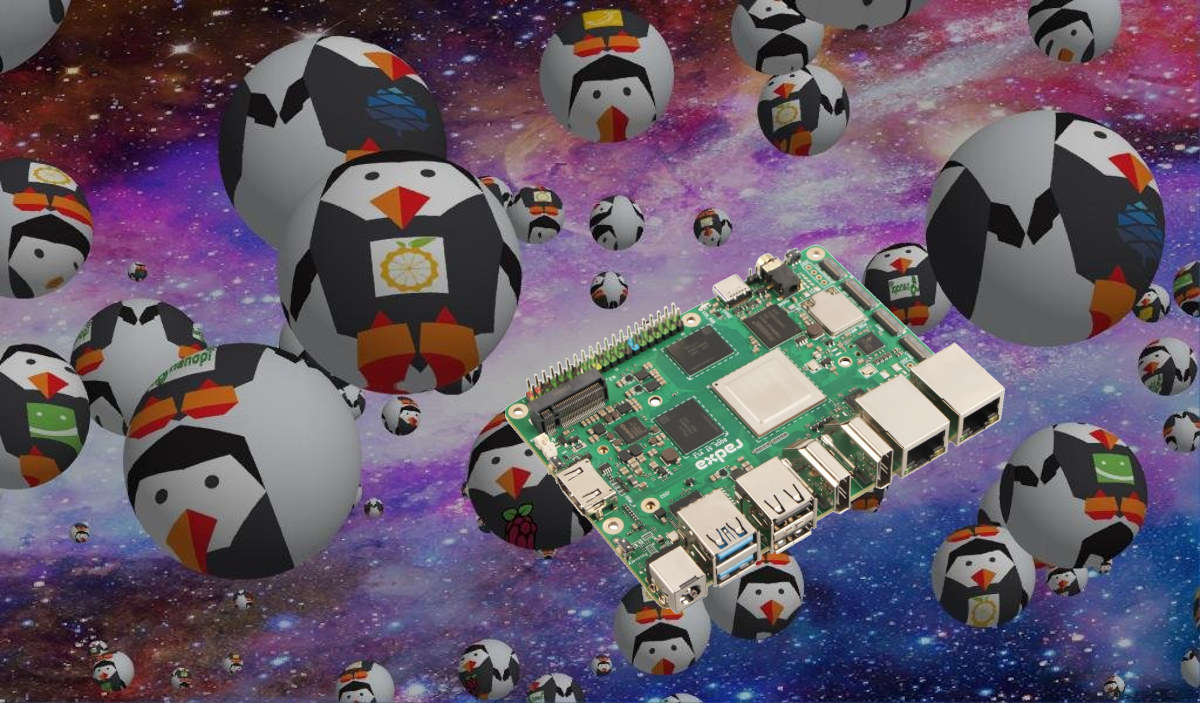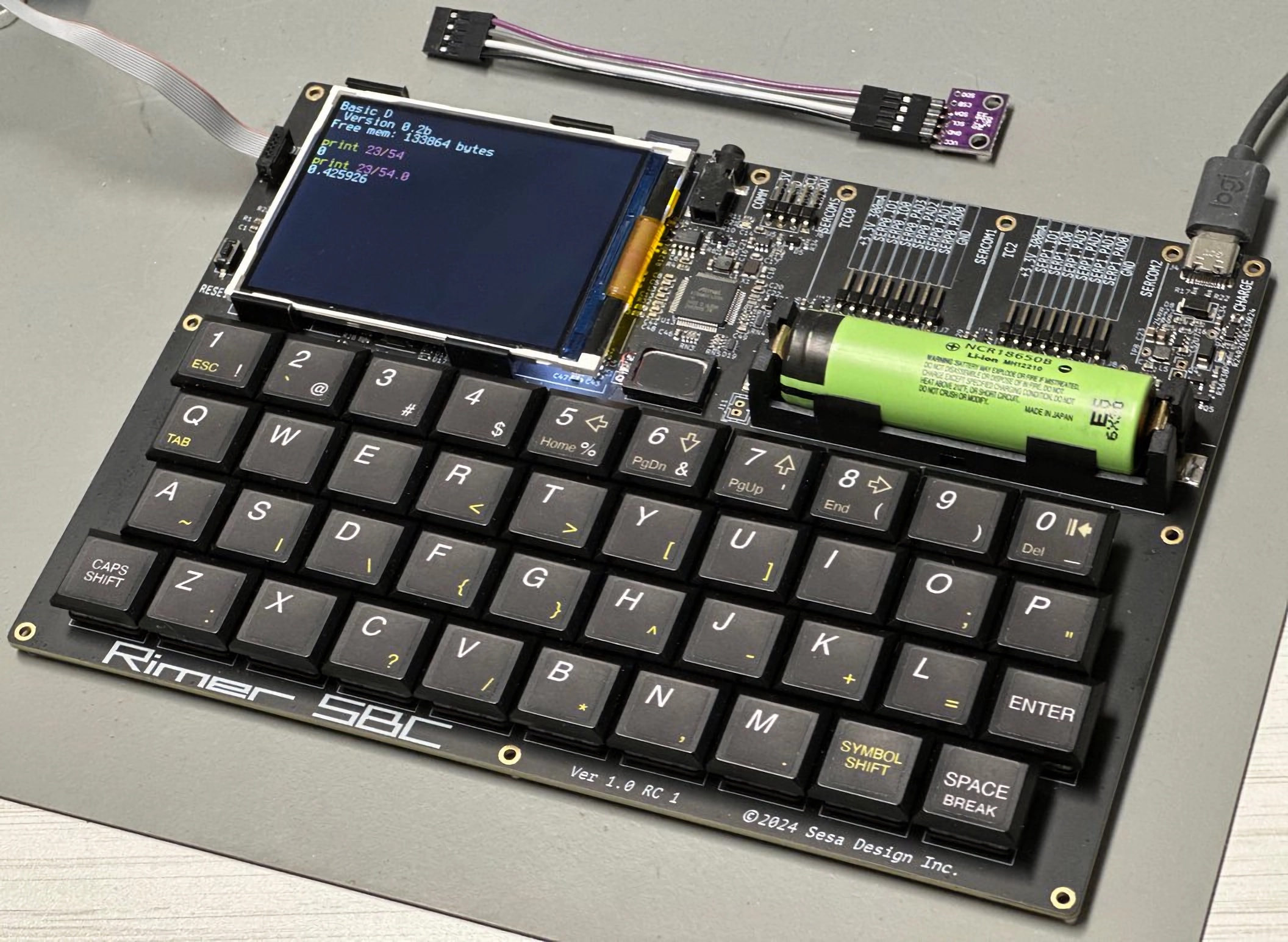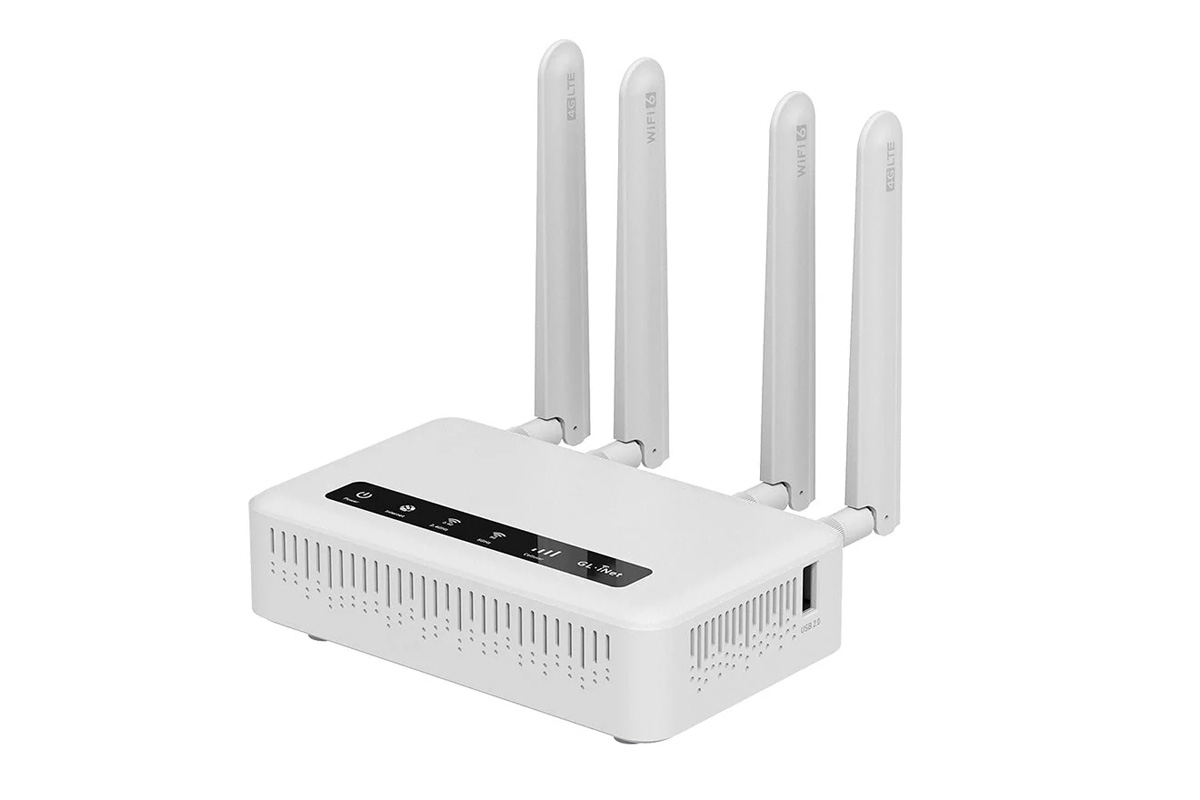NComputing RX540 is a thin client powered by the Raspberry Pi CM5 that works with Citrix, Microsoft Azure Virtual Desktop (AVD), Windows 365, Remote Desktop Services (RDS), and NComputing’s own vSpace Pro and VERDE VDI platforms. Omnissa Horizon integration is expected in March 2025. We first covered NComputing when the company released the RX300 Raspberry Pi 3-based Thin Client in 2017, which we reviewed with Windows Server 2016 the same year. Since then, the company introduced the RX420(HDX) Raspberry Pi 4 Thin Client compatible with Citrix HDX in 2020, and now they’ve introduced their first Raspberry Pi Compute Module-based hardware with the CM5-powered NComputing RX540 thin client, and there’s also an RX580 model with 8GB RAM and internal storage available upon request. Ncomputing RX540 specifications: SoM – Raspberry Pi Compute Module 5 SoC – Broadcom BCM2712 CPU – Quad-core 64-bit Arm Cortex-A76 processor @ 2.4GHz GPU – VideoCore VII GPU […]
Silicon Labs MG26 development kits and SoCs are now available for Matter and multiprotocol Smart Home applications
Silicon Labs MG26 is a new family of Arm Cortex-M33 wireless SoCs designed for Matter or multiprotocol Smart Home applications that provide an update to the MG24 with more memory and storage, additional GPIO, a 4×40 LCD controller, and an integrated AI/ML accelerator. We first covered the new wireless microcontroller family in April 2024, but the company has now published a new press release announcing the general availability of the MG26 microcontrollers, and I also noticed some development kits were now available, so we’ll check those out in this post. Silicon Labs MG26 specifications A reminder of the SoC specifications with highlights in bold showing the improvements or differences against the MG24 family: MCU core – Arm Cortex-M33 @ 78.0 MHz with DSP instruction and floating-point unit Memory – Up to 512 kB RAM data memory Storage – Up to 3200 kB flash program memory AI/ML accelerator – Matrix Vector […]
TouchEye dual round touch display module features Raspberry Pi RP2040 or ESP32-S3 MCU (Crowdfunding)
Last December, Debashis wrote about the Waveshare Double Eye LCD module comprised of two round displays that can be useful for robotics or art projects since they can be made to look like googly eyes. The module is designed to be connected to a host MCU via an SPI interface. The TouchEye looks similar but offers larger 1.28-inch round displays (instead of 0.71-inch), and also adds a touch function. Instead of being connected to a host MCU via SPI like the Waveshare model, the TouchEye dual touch display module is a complete board with an onboard MCU that can be either a Raspberry Pi RP2040 or an Espressif ESP32-S3 that also offers WiFi and Bluetooth connectivity. Both boards also feature a USB-C port for power and programming, a microSD card slot, a GPIO breakout connector, and programmable buttons. TouchEye module specifications: MCU (one or the other) Raspberry Pi RP2040 dual-core […]
Jetway F35-MTU1 3.5-inch SBC features Intel Core Ultra 7 155U or Ultra 5 125U Meteor Lake SoC
Jetway recently launched the F35-MTU1 3.5-inch SubCompact SBC, built around the Intel Core 5 125U and Ultra 7 155U (Meteor Lake) processors which also integrates an NPU for AI acceleration. It supports up to 96GB of DDR5 memory, features dual Intel 2.5GbE LAN with TSN, and supports WiFi 6 and 4G LTE connectivity via M.2 sockets. The board has several 4K display outputs, including DP Type-C, DP, HDMI, and LVDS/eDP. For storage, it offers M.2 slots supporting NVMe, PCIe, and CNVi, along with a SATA III port with RAID 0/1 support for data redundancy. I/O options include USB 3.2, USB 2.0, and four COM ports for serial communication, which can be used to connect external peripherals. With a wide operating temperature range and support for both Windows and Linux, the SBC is well-suited for AI workloads, IoT edge devices, and industrial control systems that demand high performance, connectivity, and reliability. […]
AAEON BOXER-6647-MTH Meteor Lake embedded Box PC features screwless SATA and M.2 M-key trays
AAEON BOXER-6647-MTH is an embedded Box PC powered by Intel Core Ultra 7 155H or Core Ultra 5 125H Meteor Lake processor, and mainly designed for advanced industrial robotics solutions such as AGV (Automated Guided Vehicle) and AMR (Autonomous Mobile Robot). The rugged computer supports up to 64GB DDR5 RAM, is equipped with screwless external SATA and M.2 M-Key trays, offers 2.5GbE networking, four USB 3.2 interfaces, RS-232/422/485 & DIO for cameras, sensors (LIDAR, IMUs, etc…), and actuators for robotics, as well as wireless and cellular expansion via additional M.2 sockets. AAEON BOXER-6647-MTH specifications: Meteor Lake-H SoC (one or the other) Intel Core Ultra 5 125H 14-core (4P+8E+2LPE) processor @ 1.2 / 4.9 GHz with 18MB cache, Intel 7Xe LPG graphics @ 2.2 GHz, Intel AI Boost NPU; TDP: 28W Intel Core Ultra 7 155H 16-core (6P+8E+2LPE) processor @ 1.4 / 4.8 GHz with 24MB cache, Intel 8Xe LPG graphics […]
Armbian v25.2 and DietPi v9.11 released with updated Ubuntu and Debian-based Linux images for single board computers
Vendor-provided Linux images for single board computers are not always working optimally, so this post is a regular reminder that users may want to check out Armbian and DietPi projects mostly supported by the community but also backed by some of the vendors who offload some (repackaging) software work to them. Armbian and DietPi are separate projects, but this month, Armbian v25.2 and DietPi v9.11 were almost released simultaneously. I don’t report on each release (should I?), but they release an update every few months. The last time we had a look at both projects was in September 2024 for the releases of DietPi 9.7 and Armbian 24.8. Let’s see what the new releases have to bring. Armbian v25.2 Main changes: New Boards – Rock 2A and 2F, NanoPi R3S, Retroid Pocket RP5, RPMini, Rock 5T, GenBook, MKS-PI, SKIPR, Armsom CM5, NextThing C.H.I.P, Magicsee C400 Plus Rockchip 3588 Improvements – […]
Rimer SBC is a Microchip SAMD51 Cortex-M4-based development board with a built-in LCD, keyboard, audio, and battery
The Rimer SBC is a development board based on a Microchip SAMD51 Cortex-M4 microcontroller and designed as a complete standalone playground with a built-in display, keyboard, audio input and output, a few I/Os, and a 60x20mm LiPo battery or an optional 18650 battery holder. It is specifically based on the Microchip ATMSAMD51J20A microcontroller, running at 120MHz with 1MB of flash memory and 256KB of RAM, and utilizes many of the peripherals available in the TQFP64 package. The board includes a 3.2-inch 320 x 240 IPS TFT LCD connected via high-speed SPI and a 40-key mechanical keyboard scanned via an I2C GPIO expander. It also features an amplified 700mW speaker output and buffered analog input and output is routed via the 3.5mm audio jack. The Rimer SBC’s standalone nature makes it suitable for on-the-go development, rapid prototyping, and educational purposes without the need for external hardware. The maker also plans to […]
GL.iNet Spitz Plus GL-X2000 – An affordable WiFi 6 cellular router with GbE, dual SIM, and load balancing capabilities
GL.iNet Spitz Plus GL-X2000 is a Wi-Fi 6 cellular router with GbE networking, two nano SIM slots, interchangeable high-gain antennas, and more. It is built around a Qualcomm IPQ5018 dual-core 1 GHz SoC and supports AX3000 Wi-Fi speeds with data rates of up to 574 Mbps on 2.4GHz and 2402 Mbps on 5GHz. Other features include support for multi-WAN connectivity, failover, and load balancing for stable connections, it also comes with preinstalled VPN support for over 30 providers. It also has remote management features that allow users to monitor data usage, update firmware, and troubleshoot through a centralized interface. The device is available in different LTE variants for North American and international markets, supporting region-specific bands. These features make this router useful for applications such as remote work, mobile offices, industrial IoT, and backup connectivity in areas with unreliable broadband. GL-X2000 (Spitz Plus) specifications: SoC – Qualcomm IPQ5018 dual-core Cortex-A53 […]


